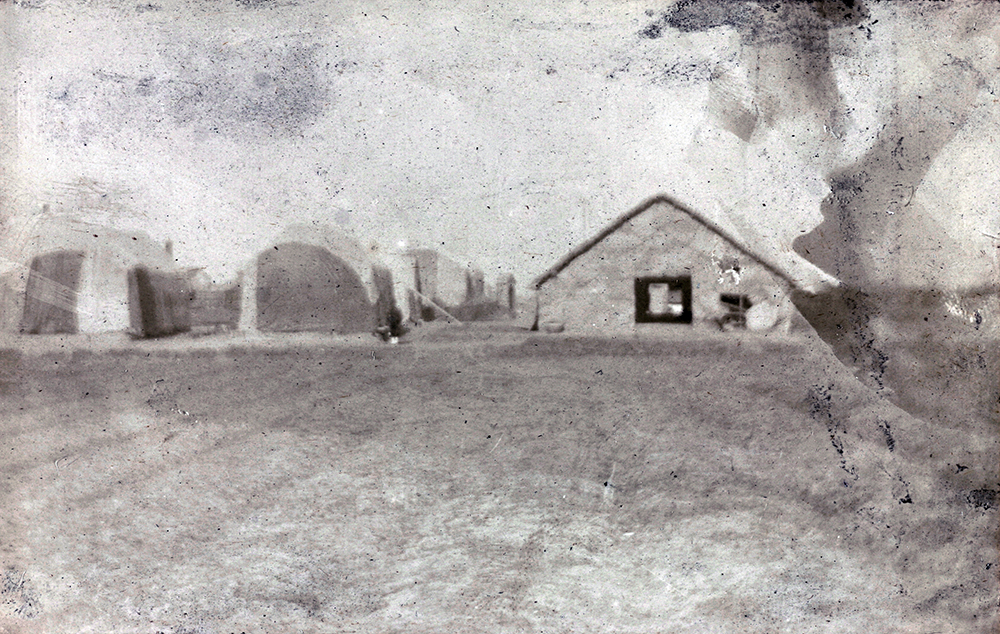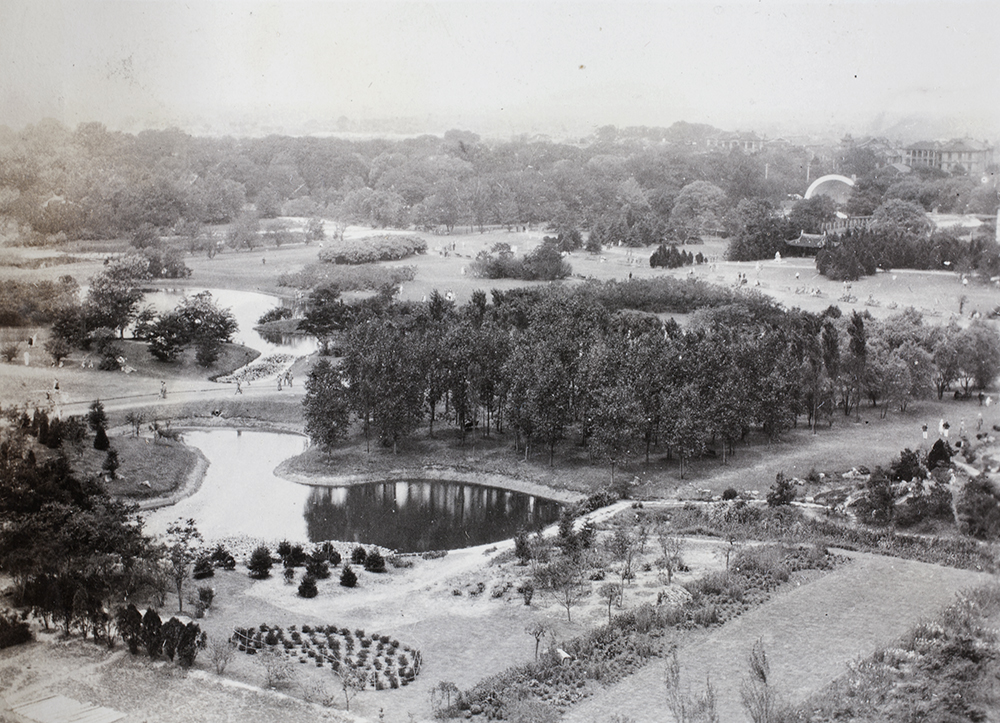In the first of our new series of guest blogs Paul French, writer and prolific blogger, reflects on on the history of what was formerly one of Shanghai’s largest parks. Most recently the author of a new Penguin China Special, Betrayal in Paris: How the Treaty of Versailles led to China’s long revolution, Paul is most prominently the author of Midnight in Peking: The murder that haunted the last days of old China (2012).
For much of 1990s and 2000s Jessfield Park (now Zhongshan Park) was a favourite stroll of mine as I lived nearby. Bounded by the Suzhou (Soochow) Creek, the old Shanghai West Railway Station and St John’s University the old name was something of a mystery. One origin of the name Jessfield may be a myth, but is a good story anyway. Legend had it an early Portuguese Shanghailander was strolling past a circus tent in Hongkou (Hongkew) one day when he heard the cries of a little girl being ill-treated. He bought her freedom from the circus and sent her to America for an education. When she returned he promptly married her. Her name was Jessie and so he called his country house Jessfield. More likely though is that John Macgregor (of the booze importers Caldbeck & Macgregor), who owned the land, named it after his first wife, Jess. The park was at the end of Jessfield Road (now Wanhangdu Road).

- British “Jessfield” Camp, Shanghai, 1902, Carral Collection, Ca01-097
As the photo shows it appears to have been a British army camp at one point but by 1914 was a park, laid out in an English style, with flowerbeds, hothouses, the Municipal Conservatory, ancient trees and a reasonably well-stocked zoo. Sadly Shanghai’s ratepayers turned down a request by the Municipal Council to spend $10,000 on building a monkey-house in the park in the 1920s. The park’s popularity was also derived in part from the regular concerts given by the municipal band. It remained a park after 1949 and many Shanghai contemporaries of mine recalled roller skating at a special rink while the rather Soviet-style 1950s fun fair rides remained well into the 21st century. It’s still a major Sunday strolling destination though the pictured pavilion is, to my knowledge, long gone and the park is now surrounded by high end property developments and a massive shopping centre on top of the adjacent Zhongshan Park subway station.

